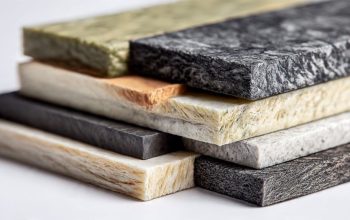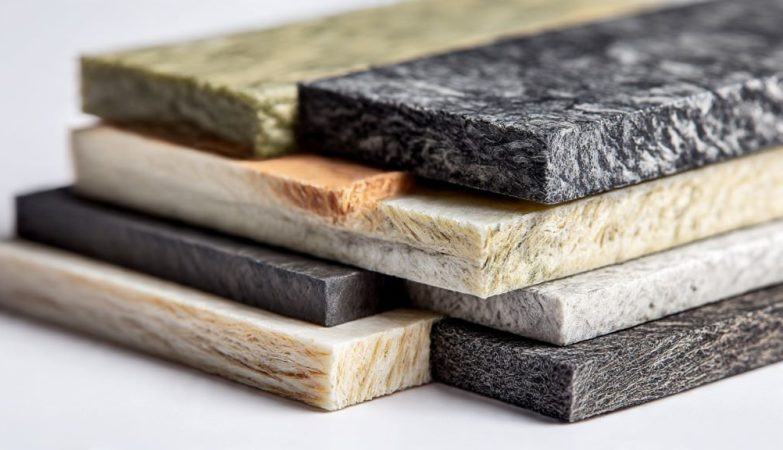PTFE (or polytetrafluoroethylene, to give it its full name) is more commonly known by the brand name Teflon. This material has exceptional properties, which has seen its use rocket in recent years, with further growth forecast in the future.

The PTFE market was worth a shade over $700 million in 2018, with growth of around 7.5% per year forecast. Demand for PTFE’s properties within the construction and automotive industries is expected to result in growth in the market to around $1.4bn by 2027.
Extraordinary properties
A PTFE coating on an object gives it some fantastic properties, mostly thanks to the fact that PTFE is hydrophobic. This means that PTFE will not get wet when submerged in water, nor any substances containing water. PTFE is also non-reactive, and has a friction rate amongst the lowest of all solids. For this reason, PTFE is a highly sought after material for cookware and other such non-stick products.
Another reason why PTFE coating is so good for use within cookware is its ability to withstand temperatures up to a phenomenal 500°F – all this at a thickness of 7 thousandths of a millimetre.

An origin story
Like many ‘wonder’ materials, PTFE was discovered by accident, by Roy Plunkett, a scientist at Du Pont. When an experiment to create a new coolant failed to produce the desired results, he instead created the polymerised material that we all know as Teflon today. Instead of producing a refrigerant gas, Plunkett found that the material reacted with the iron inside of the canister he used, producing a flaky powder, which then became the non-stick coating we use to this day.
So how is it made?
PTFE is made up of four ingredients, water, fluorspar, hydrofluoric acid and chloroform. These ingredients are combined within a heated reaction chamber, with temperatures of over 1600°F involved. There are two main phases to the process.
The first phase involves combining the chloroform, hydrofluoric acid and fluorspar. This process is called pyrolysis. The resulting product, TFE is highly volatile, so this combination must be done on the same site as the final stage of the process. The second phase polymerises the TFE into PTFE using radical polymerisation. Initiators such as ammonium persulfate are used to complete this process, as well as the key ingredient of water.


